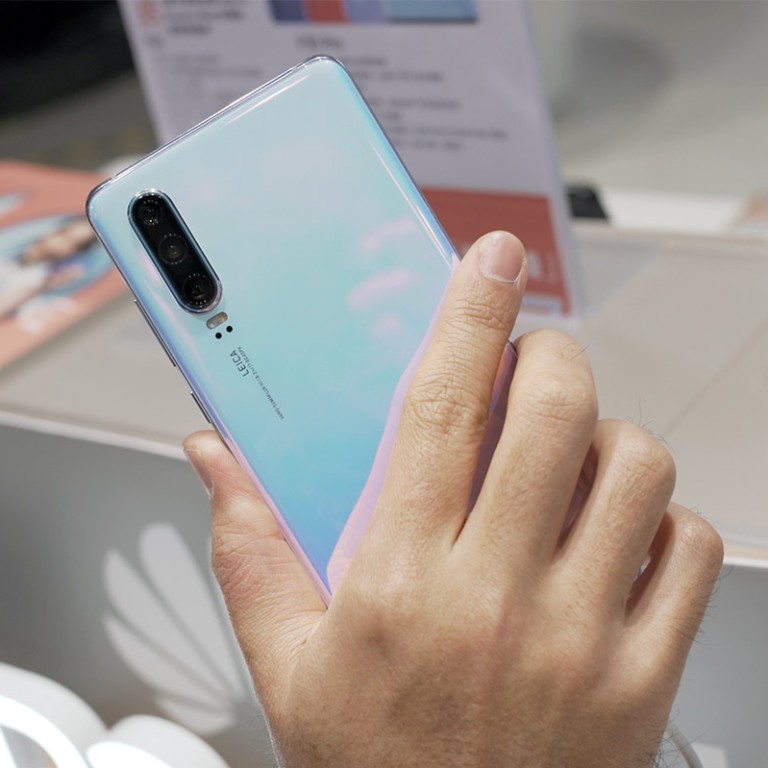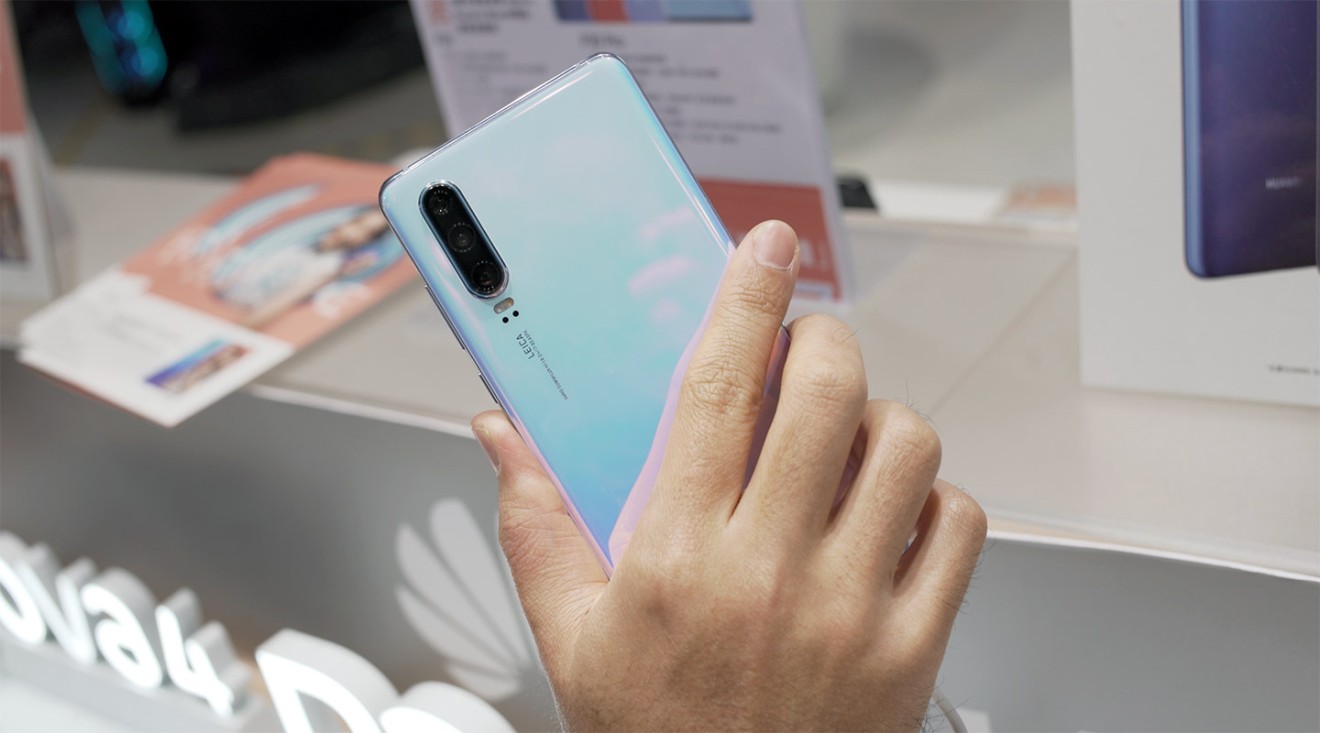
The Huawei P30 Pro's zoom is amazing
The camera zoom is impressive but Huawei's handsets don't feel as premium as Apple's iPhone XS and XS Max
While not quite as pixel-dense as the competition, the displays on both models are still great. As an additional benefit for entertainment, the P30 includes a 3.5mm headphone jack on the bottom of the phone. The P30 Pro, however, does not.

Huawei has also sought to differentiate its latest flagship with a 5x optical zoom on the P30 Pro camera and a digital zoom up to 50x. The P30 has a 3x optical zoom and 30x digital zoom.
Though the 50x zoom is impressive, it's not something I will use in my everyday life. Much more detail is retained at 10x, which Huawei refers to as a hybrid zoom that combines data from different focal lengths and AI.
At 50x, photos lose detail and the phone must be held steady to prevent camera shake. It's impossible to take a sharp photo with the 50x zoom unless using a tripod.

Zooming in also reduces the size of the image. While the main camera uses a 40MP sensor, zooming in results in a 10MP photo.

Both phones include a teardrop notch on the screen for the front-facing camera, but it’s less intrusive than some of the larger notches on the market but has no room for an infrared camera for facial recognition. The notch can be hidden with an option in the settings, though. Switching to dark mode in the UI will also safe on battery life.
The phones have a small chin at the bottom, as well, which stand out. The 8.4mm-thick bezel on the P30 Pro is also noticeable compared with the 7.7mm thick iPhone XS and XS Max. The P30 is comparable at 7.6mm.

The Huawei P30 and P30 Pro come with Android 9 Pie overlaid with EMUI, Huawei’s custom UI. I personally don’t like Huawei’s customizations. Navigating the many submenus to find the right setting can be complicated. Huawei also has a history of including bloatware apps, and the P30 phones are no exception. Booking.com and a number of different Huawei apps were included on the models I tried.
Given the prices, the performance for the P30 camera isn’t enough to make the switch. Most flagship smartphones take good photos these days.
It’s great to have more control over the settings, but things like lighting conditions and the photographer behind the camera can have a much bigger impact on the quality of a picture. The P30 certainly wins out on taking closer shots, but this isn’t a feature I would use often.
For more insights into China tech, sign up for our tech newsletters, subscribe to our Inside China Tech podcast, and download the comprehensive 2019 China Internet Report. Also roam China Tech City, an award-winning interactive digital map at our sister site Abacus.

